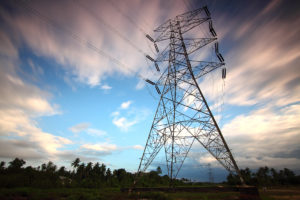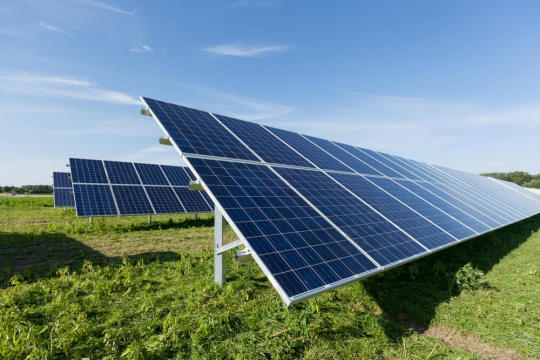Don't wanna be here? Send us removal request.
Video
Solar Project Patiala
0 notes
Text
THE GRID PARITY RACE: WILL SOLAR PROJECT PATIALA MAKE IT
July 3, 2019
The 100 GW by 2022 target has created an urgency driving up the solar project capacity of the country. Besides highlighting India’s step to curb carbon emissions in the UN, this move towards green energy shift has also given India the opportunity to bridge its continuously increasing gap between energy generation and demand. India’s electricity consumption per capita has reached to 1010 kWh in 2015. And with a booming population, (1,326,801,576 in 2016) the power demand is expected to rise significantly in 2017. In this scenario, trusting green energy rather than limited reserves of fossil fuel can help develop India into an energy-rich country. However, regardless of the environmental benefits, solar has to match the pricing structure of conventional energy to win the race, encouraging the common man to opt for green energy.
Grid Parity: Current Scenario

Solar panel prices have fallen by more than 80 percent since 2008, and it has given the leg up for more installations. The drastic price fall of solar panels has also helped India in reaching cost parity with conventional energy sources. With technology getting cheaper, and the involvement of new subsidies and incentives, the solar installation will continue to get traction in the future.
However, the turning point for the Indian energy scene would be when solar would be able to generate electricity at the same or lower price than thermal power. And such a scene is not a far-flung theory anymore, as a solar tariff in India continues to fall below USD 0.07/ kWh. The reducing cost has made solar the preference of power companies. However, there is the question of sustainability and return on investment if the solar tariff continues to fall. With the growing demand for solar, it is easy to understand that a stabilized solar tariff can attract power companies as the shift towards large-scale solar projects, an increase in efficiency and improvement in technology promises a better payout for developers.

The rooftop solar industry has also shown incredible growth contributing to raising awareness and reaching grid parity of solar. Rooftop solar growth reached more than 100 percent in 2016 (crossing 1 GW capacity) than that of 2015, helping India to now cross 10 GW mark. New tenders amounting to 900 MW for rooftop solar systems have been introduced to be completed within 2017. Commercial and Industrial consumers are surprised to see that energy bills can be saved between 20-30% by adopting rooftop solar. And this revelation has increased Commercial and Industrial consumers in the solar sector, amounting to 63 percent of the total solar energy consumers in 17 out of the 19 largest states in India. Although states like Tamil Nadu, Gujarat, and Maharashtra have huge rooftop capacities (involving Commercial and Industrial consumers), the Government’s pursuit to progress on installing solar on Government buildings is also adding to the capacity nationally. Rapid demand and development in this sector are creating cost competitiveness with solar and conventional energy.
The influx of clean energy targets, the pursuit of energy decentralization, strong government-backed policies and subsidies, and technical innovation in the solar industry are leading the solar sector to ultimately reach grid parity by 2020. However, to keep the growth on track and to supplement it for faster adoption of green energy, focus on domestic manufacturing, stabilizing solar tariffs, and easy financing choices are needed.
More Info
Branch Offices
Address: Solidus Techno Power Pvt. Ltd. SCO No.11, 2nd Floor, New Leela Bhawan Market Patiala 147001
+91-6284999601,6284999602
Email: [email protected] WEBSITE: www.solidustechnopower.com
2 notes
·
View notes